Summary
Dual-purpose irrigated winter wheat offers a high quality forage source to fill the winter feed gap in southern Australia, without compromising grain yields. A trial compared set-stocking and rotational prime lamb grazing systems and three end-grazing forage residuals for animal performance and grain yield outcomes. Grazing of Mackellar wheat increased grain yields in comparison with not grazing. Set stocking to 520kg DM and rotational grazing to 940kg DM/ha at wheat stem elongation produced around 350 kg of lamb weight gain/ha, and 6.7 and 7.1 T/ha of grain respectively, and tended to outperform the other treatments for total income, returning $1870 and $1820/ha respectively. The rate of lamb weight gain declined in line with reductions in available forage, with a minimum offer of 1000 kg DM/ha required to maintain good growth rates. The trial developed practical management recommendations for the effective grazing of dual-purpose winter wheats.


